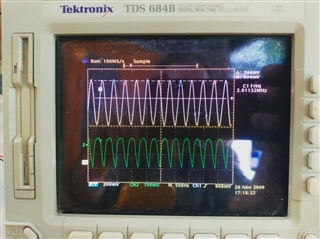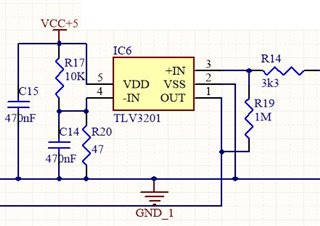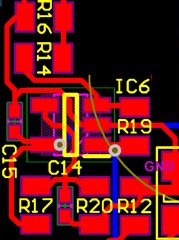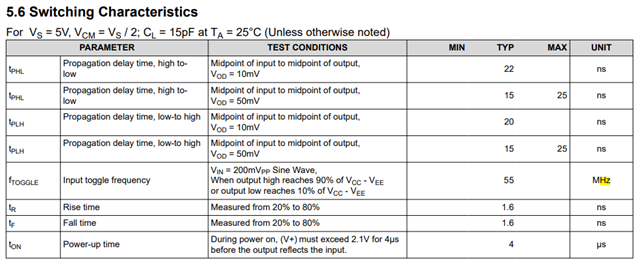Other Parts Discussed in Thread: TLV3231, LMV7219, TLV3601
Tool/software:
According to the datasheet is this a comparator with push/pull outputs.
After see the datasheet it needs to be a very fast one.
I trusted the datasheet and implemented this in a design to make from a 20 millivolts sinus at 3MHz 0-5 Volt signal
After getting the PCB and testing it, the disappointment was Hugh.
Checking threshold and input signals give that this TLV3201 must be able to work
Lowering the frequency to just under 1 MHz then it protested but i got a signal from 2.5 to 5 Volt
In the datasheet is nothing to find about maximum use full frequency.
Searching for a better one is the TLV 9022 but the packaging is different then the SOT23-5 from the TLV3201, and most of all I don't trust the datasheets anymore
I post this because I feel mislead.









